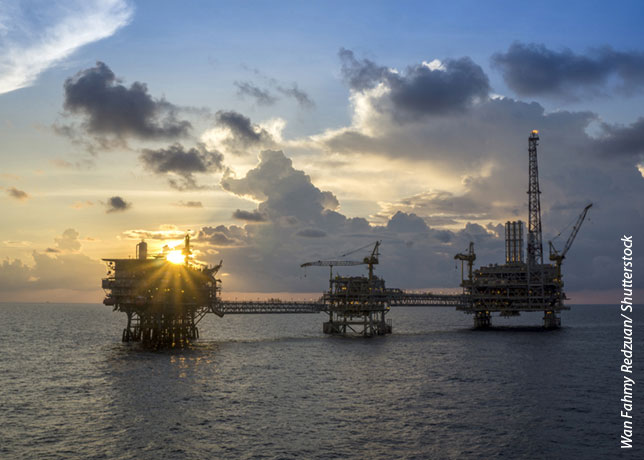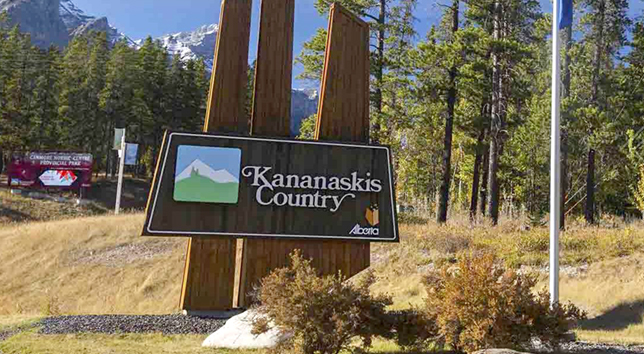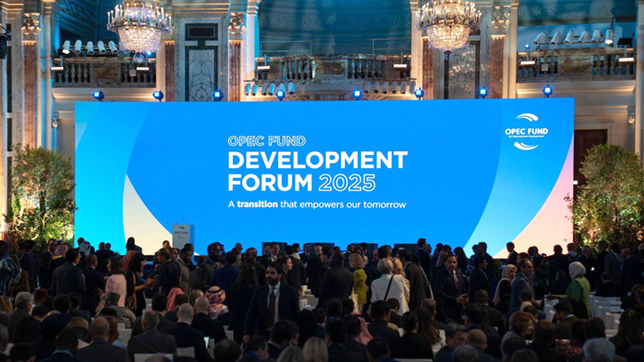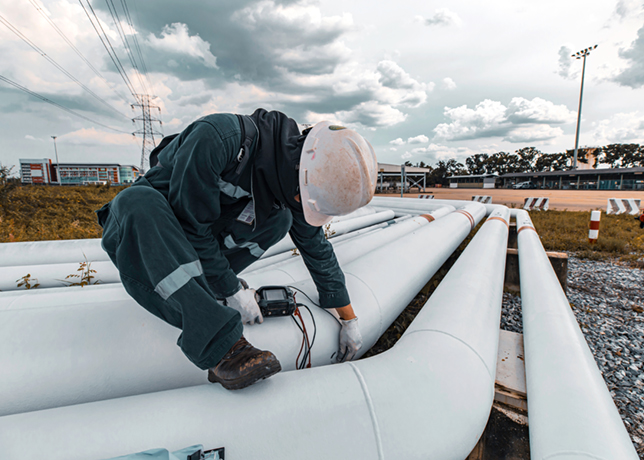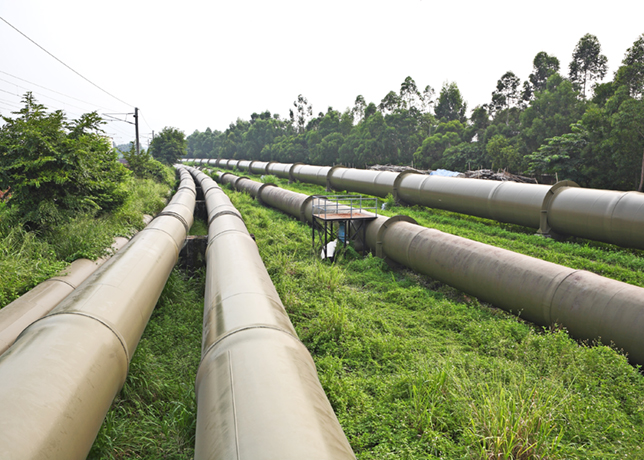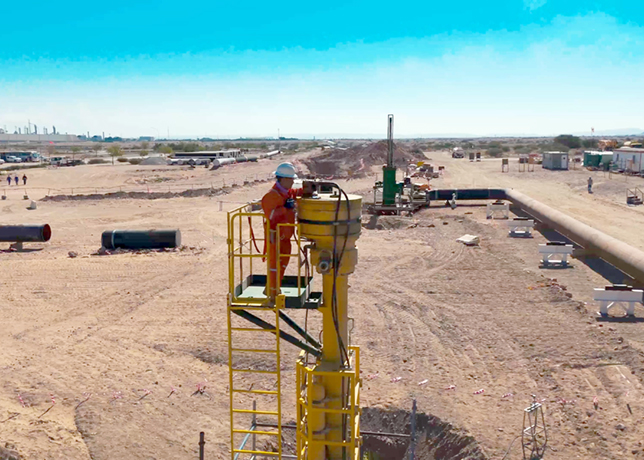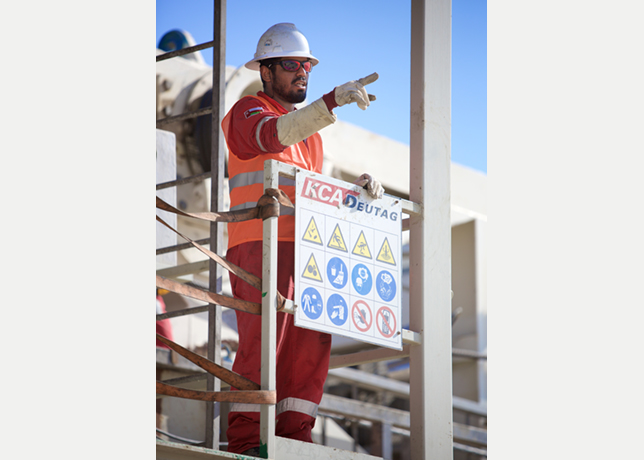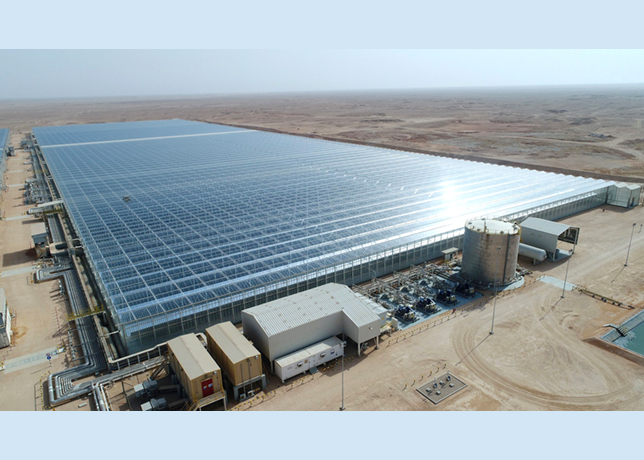
 Oman to double gas output
Oman to double gas output
Oman is planning to spend $10 billion within the next five years to boost its oil and natural gas output.
“We want to increase (oil) production to 900,000 barrels per day by 2010 or 2011 from around 780,000 now and want to double gas output to 70-80 million cubic metres per day,” Oil Minister Mohammad Al Rumhi said.
Oman’s Ministry of Oil has signed seven exploration and production sharing agreements worth some $340 million with multinational oil companies, reports said.
The agreements were signed for five concession areas in the south and two in the north, including blocks 54, 55, 56, 57, 58, 43A and 43B.
Nearly 40 companies took part in the bidding process for the blocks last year.
AIM-listed Indago Petroleum won the exploration rights to Block 43A (2,923 sq km), while Hungary’s MOL won exploration rights for block 43B (15,923 sq km), the paper reported.
A consortium of Occidental, Liwa Energy, and Japan’s Mitsui won exploration rights for Block 54 (5,632 sq km).
The Al-Zakwani consortium, consisting of Everson and Dar Al-Hidada, won the right to explore Block 55 (7,564 sq km).
A consortium of India’s Videocon Industries, Gas Authority of India Ltd, Hindustan Petroleum Corp and Bharat Petroleum Corp, won Block 56 (5,808 sq km). Saudi Arabia’s Taqa Co won Block 57 (2,262 sq km), while Thailand’s PTT won the exploration rights to Block 58 (2,277 sq km).
Oman has signed a production-sharing agreement with British oil and gas company BG Group for a gas block in the Gulf Arab state.
“BG will invest a minimum of $150 million over the next five years to develop the field,” a BG official said.
Block 60, which covers almost 1,500 square km, contains the Abu Bu Atoob gas and condensate discovery made in 1998. It has potential reserves of eight trillion cubic metres, said a statement issued at the signing.
The government of independent oil producer Oman will sign a sales and purchase agreement to buy the gas from BG once commercial production starts.
PTT Exploration and Production (PTTEP) will begin producing gas and condensate from its first gas project in Oman in October, four months later than planned, Thai Energy Minister Viset Choopibal said.
PTTEP will produce 50 million cubic feet (mcf) per day of gas and 4,000 barrels per day (bpd) of condensate, an ultra-light oil, from the Oman 44 block, the minister said.
The output will increase to 100-120 mcf per day of gas and 10,000 bpd of oil in the future, Viset said. The project had been expected to start up in July, but the statement did not give a reason for the delay.
Hungarian oil and gas group MOL has signed an exploration and production sharing agreement (EPSA) for an onshore block located in northeastern Oman, the company announced.
MOL said the 15,232-sq km block had well developed infrastructure.
“Block 43 is in the proximity of the main pipeline and two refineries are located in the neighbourhood ... The block’s geological structure is in many respects similar to the Tal Block in Pakistan where MOL performs a successful operation,” the company said.
MOL said the planned exploration budget for the two-year programme was $8-$10 million, with an option to invest an additional $14-$16 million.
“This new concession underlines our commitment to the Middle East, which is one of our core strategic growth regions. In this context we regard Oman as a bridgehead for further expansion in this region,” said Zoltan Aldott, executive vice president responsible for MOL’s exploration and production operations.
In another development, Oman’s 116,000 barrel-per-day Sohar oil refinery no longer plans to export the bulk of its production when it starts commercial operations in September, due to domestic demand, a senior official said.
Last year, Oman Oil Co and international energy trader Vitol signed a five-year deal with the refinery operator to take output from Sohar for their joint trading venture.
“Priority will be given to the domestic market. Due to a significant growth in domestic demand for petroleum products, there will be a change in the earlier plan to export 90 percent of refined products,” said Adil Abdulaziz Al Kindy, CEO of Oman Refinery Co (ORC) which will operate Sohar refinery.
Kindy said the $1.25 billion Sohar refinery has reached the commissioning stage. “Commercial operation will start in September this year,” he said.
The new refinery, the state’s second, has a crude unit with a capacity of 116,400 bpd and a residue fluid catalytic cracking unit with a capacity of 75,260 bpd.
Kindy said Sohar will also produce around 327,000 tonnes per day of propylene, which will be supplied as feedstock to a planned Oman Polypropylene plant near the refinery.
He said it will also supply naphtha and gasoline as feedstock to Aromatics Oman, also planned in the northeast port city of Sohar.
Omani media reported in May that Sohar would begin exports in July and quoted a senior refinery engineer as saying all products would be exported, with the exception of propylene.
The refinery is expected to process exclusively Omani crude and residue, cutting the non-Opec producer’s oil exports.
Kindy also said ORC’s $320 million expansion project to increase its throughput capacity to 105,000 bpd from 85,000 bpd would be completed by February 2007.
He was speaking after ORC signed a $120 million syndicated loan with a group of local banks.
Meanwhile, Oman’s average crude production for the first quarter of 2006 edged lower to 763,000 bpd, compared with 769,500 bpd for the same quarter in 2005, the Ministry of National Economy said in a report.
Total production for the period stood at 68.70 million barrels for Q1 2006, down from 69.25 million barrels in Q1 2005, while total exports stood at 63.7 million barrels for Q1 2006, down from 64.3 million in Q1 2005, the ministry showed.
China was the largest recipient of Omani crude for the period at 23.5 million barrels in Q1 2006, a drop of some 7.2 per cent from 25.4 million barrels in Q1 2005.
Thailand followed at 13.4 million barrels in Q1 2006, up 4.9 per cent from 12.8 million barrels, while South Korea imported 11.3 million barrels for the quarter, up 125.9 per cent from five million barrels in the year ago period.
Oman’s average crude oil price climbed 36.7 per cent to $58.39 per barrel in the quarter from $42.72 per barrel in Q1 2005, the ministry reported showed.
Refining runs climbed 6.3 per cent to 5.2 million barrels, up from 4.9 million barrels the previous quarter. Natural gas output rose by 27.8 per cent during Q1 2006 to 240.739 billion cubic feet, compared to 188.443 billion cubic feet in 2005.
Occidental Petroleum said it had won a concession to develop Oman’s southern oil field, block 54, with firms from Japan and the UAE.
The US oil major said it will hold a 70 per cent stake in the block, which will be operated on production sharing basis.
The rest will be equally shared by Liwa Energy, part of Abu Dhabi’s state investment arm Mubadala group, and Japan’s Mitsui & Co, it said.
Block 54 is adjacent to the large Mukhaizna field, where Occidental holds a 45 per cent stake under another production sharing agreement.
Swedish oil and gas exploration company Tethys Oil AB said it has closed the previously announced transaction whereby the company has acquired a 40 per cent interest in Block 15 onshore Oman.
The company said Block 15 contains two discovery wells and estimated oil in-place of more than 50 million barrels, with an expected recovery ratio of between five per cent and 20 per cent.
Oman has also signed an agreement with Mitsui OSK Line to purchase two new liquefied petroleum gas and oil derivatives carriers.
The US Senate, meanwhile, approved a free trade pact with Oman.
Senators voted 60-34 in favour of the pact, which would boost US economic ties with the sultanate.














